8 of the most incredible wildlife encounters in Japan

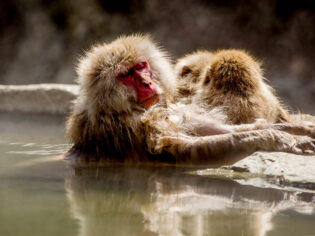
See wild Japanese macaques lounging in Jigokudani’s hot springs. (Image: Michael Davis Burchat)
From macaques bathing in hot springs to red-crowned cranes dancing in the snow, Japan’s wildlife is something else.
The lure of Japan’s bustling cities is almost magnetic. But beyond the country’s culturally rich urban jungles lies an equally alluring and lesser-known prospect: an overlooked yet devastatingly beautiful patchwork of mountains, forests, valleys and coastlines. All blessed with an array of wild animals, great and small. Come close to rare and elusive animals in Japan on these eight encounters and soak up the serenity of the untouched natural habitats they call home.
1. Wildlife night drive, Shiretoko National Park, Hokkaido
The word safari has become somewhat synonymous with Africa’s savannah. But pitch up to Shiretoko National Park, in Hokkaido’s northeastern-most corner and you’ll find that Japan, too, can rock a wildlife night drive.
Steal glimpses of all kinds of creatures slinking around under the cover of darkness on this two-hour journey through a pristine national park described by UNESCO as one of the “richest integrated ecosystems in the world”.
Shiretoko’s primaeval forests offer a refuge for deer, foxes, bears, and even the largest living species of owl on the planet, Blakiston’s fish owl. Pause to marvel at these creatures, many of which are nocturnal, as Picchio’s naturalist guides scour the landscape for movement.
In this remote wildlife habitat – far from the neon-glow of Japan’s big cities – you might also feast your eyes on starry night skies, stealing glimpses of the Milky Way.
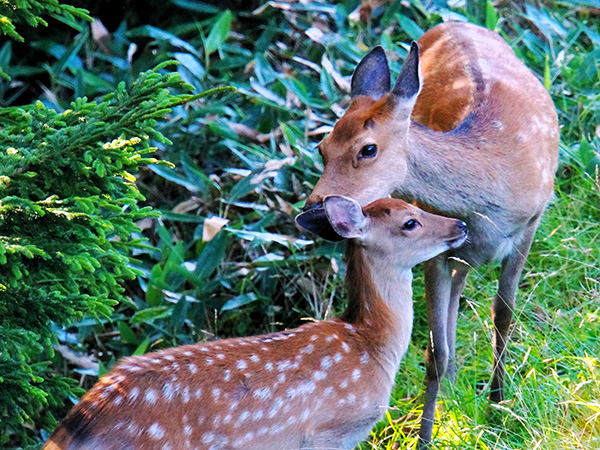
Spot majestic deer roaming freely in Shiretoko, Japan. (Image: Teo Romero)
2. Red-crowned cranes, Kushiro Shitsugen National Park, Hokkaido
More than 600 bird species have been recorded in Japan, yet few are as revered within Japanese culture as the red-crowned crane. A symbol of good luck, loyalty and longevity, the tancho features in the official logo of Japan Airlines, once featured in the design of ¥1000 banknotes and is among the country’s most famous origami models.
A conservation success story, the red-crowned crane once teetered on the brink of extinction. Today, nearly 2000 red-crowned cranes inhabit Japan’s largest wetlands; the Kushiro Shitsugen National Park, in East Hokkaido.
These tall, elegant creatures with their pure white primary feathers, long black neck and wings and namesake red crown, live on this marshland year-round. But witnessing the spectacle that is flocks of cranes prancing about, performing their elaborate ritual courtship dance against winter’s snowy backdrop is unforgettable.
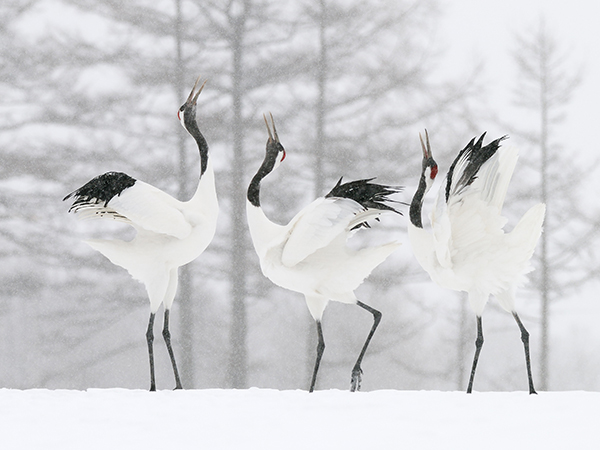
Witness the stunning comeback and graceful dance of the red-crowned cranes. (Image: JNTO)
3. Snow monkeys, Joshinetsu Kogen National Park, Nagano
Experiencing a Japanese onsen is bucket list material for many travellers. But head some 220 kilometres north of Tokyo, to the mountainscapes of Yamanouchi, Nagano Prefecture, and you’ll find a hot springs experience like no other.
Instead of stripping off and plunging into the steaming waters yourself, at Jigokudani you’ll come face to face with a troop of wild Japanese macaques languorously soaking in the springs, their distinct rosy faces and furry grey/brown heads poking out of the water.
The world’s most northerly monkey, and the only species of monkey found in Japan, the Japanese macaque is a little bit special. While the park is open year-round, the scenery here is at its most dramatic come winter. This is when hot pools are framed by blankets of white, and snowflakes dissipate into the water.
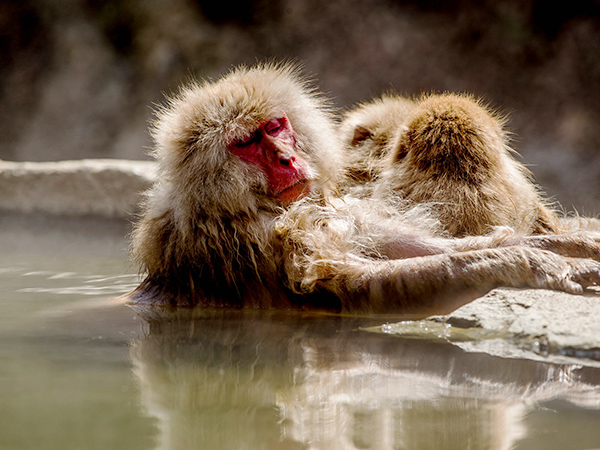
See wild Japanese macaques lounging in Jigokudani’s hot springs. (Image: Michael Davis Burchat)
4. Iriomote cats, Iriomote Island, Okinawa
Iriomote Island sits in Japan’s southwest. It’s one of several remote Yaeyama Islands that form part of Iriomote-Ishigaki National Park, but its landscape and wildlife are incredibly unique.
Subtropical mangrove forests, rushing rivers, flowing waterfalls and abundant sea life (including tropical fish and manta rays) can all be found here. But perhaps the most important creature calling this island home is the endangered Iriomote cat. Enter the Iriomote Wildlife Conservation Center.
Opened with the goal of educating visitors to the island on its natural environment and rare wildlife, discover what makes this island so special and the conservation efforts keeping it pristine before you explore the rest of the island.
5. Primeval forest wildlife tour, Shiretoko National Park, Hokkaido
Transforming into a winter wonderland every December, Shiretoko National Park remains a photographer’s (and nature lover’s) dream, year-round. While the park’s frozen landscapes might seem devoid of action and uninhabitable at first glance, guests on Picchio’s snowshoe and wildlife watching tour will soon discover that’s not quite the case.
Scan the surrounding carpet of snow and you could well chance upon pawprints, or scats, which lead to an animal peering back stealthily from behind a nearby tree. Among the creatures that brave the park’s icy climes are the Yezo sika deer, the Ezo red fox, the black woodpecker, the red squirrel and the Ezo flying squirrel.
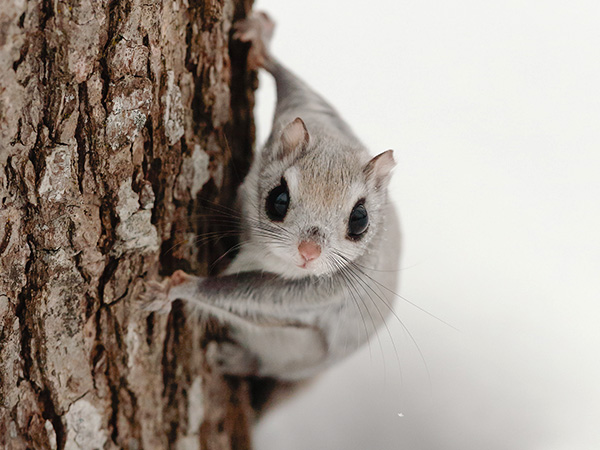
Look carefully at the snow-covered ground—you might catch a glimpse of an Ezo flying squirrel.(Image: Osamu Asami)
6. Sea turtles, Hamamatsu, Shizuoka
As the sun dips below the horizon at Nakatajima Beach in late summer – beyond the rolling dunes of Hamamatsu – a crowd gathers on the sand. Cradled in the palms of their hands lie baby loggerhead turtles, measuring no longer than five centimetres and weighing only 20 grams.
These tiny hatchlings are released onto the sand, as the foamy white ocean laps at the shoreline, and use their flippers to toddle towards the open ocean as onlookers stand on, spellbound.
Between May and August, the endangered loggerhead sea turtle emerges from the Pacific Ocean onto the coastline of Hamamatsu to lay its eggs. They hatch a couple of months later under the supervision of volunteers from Sanctuary Nature Centre. It’s one of the few places on earth where you can witness loggerhead sea turtles hatching and being released. And by registering with the sanctuary, you too can participate in the next release.
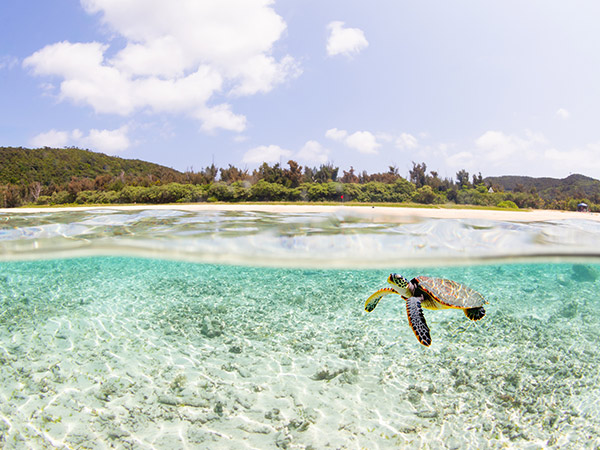
Spot sea turtles in Okinawa. (Image: Getty/ Pete’s Photography)
7. Asiatic black bear, Karuizawa, Nagano
Among the forests and alpine meadows of Karuizawa (a popular weekend getaway for Tokyo locals), a formidable mammal lurks. All black with a white chest, the Asiatic Black Bear cuts an imposing figure. But its vulnerable status and inclusion on the International Union for Conservation of Nature (IUCN) Red List of Threatened Species shows they’re in need of help.
Threatened by deforestation and poaching (its body parts are used in traditional medicine around the world), Picchio Wildlife Research Centre are on a mission to help people coexist in a new harmony with these bears.
To help locals and visitors gain a deeper understanding of these creatures, Picchio run an Asiatic Black Bear Watching Tour from July to September. Hike to a mountainous observation point and spot these fascinating bears from a safe distance (for humans and bears alike), with lunch provided.
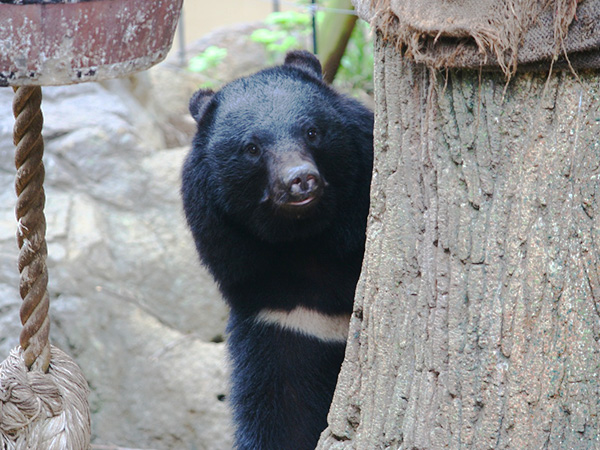
Hike up, see bears, and enjoy a lunch with a view. (Image: Kumachii)
8. Japanese giant salamander, Gifu
With their flat head, huge mouth, tiny eyes, lumpy body and wrinkly, mottled black and brown skin, the Japanese Giant Salamander must register as one of the country’s kookiest creatures. These endemic amphibians are one of the world’s largest., They can measure up to 1.5 metres long and weigh up to a whopping 25 kilos.
Encounter these salamanders for yourself in the cool, clear and fast-flowing mountain streams of Gifu Prefecture. In summer you can slip into the stream, pop on a snorkel and survey these otherworldly creatures from within their own environment.
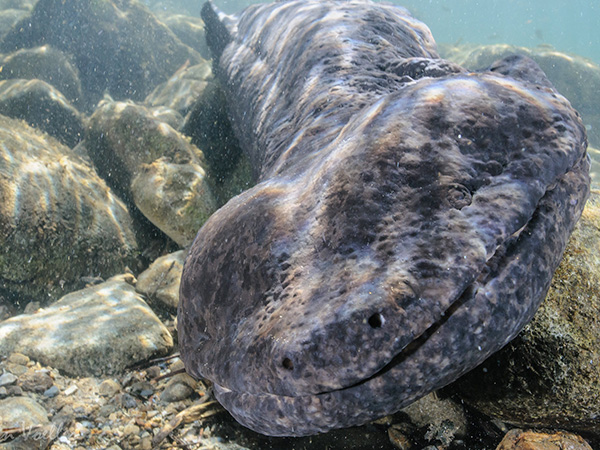
Snorkel in Gifu’s streams and see salamanders up close. (Image: Martin Voeller)
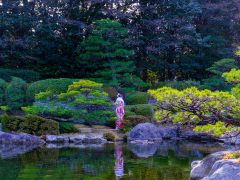
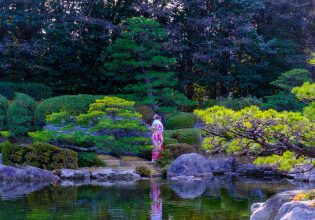
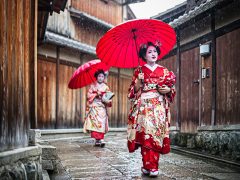

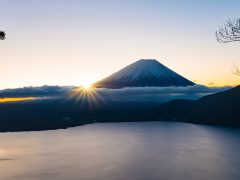
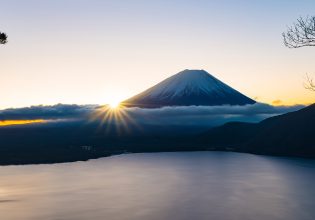
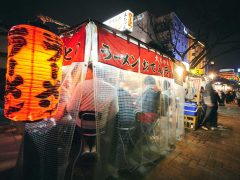

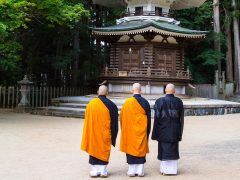
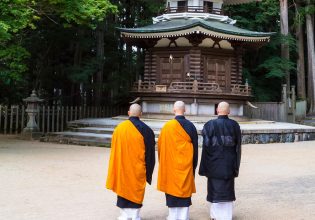
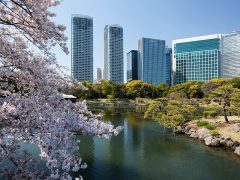
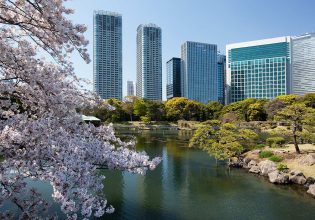

Spectacular ️
Excellent.